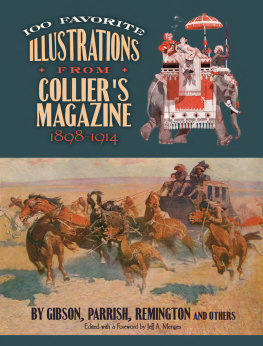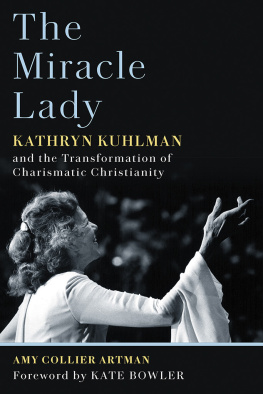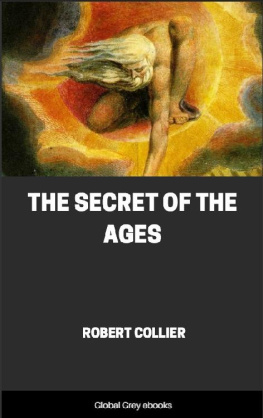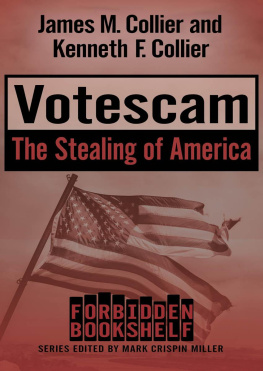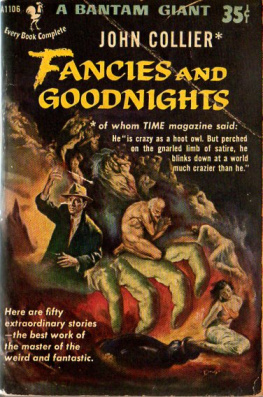Collier Edward - Mr. Colliers letter racks : a tale of art & illusion at the threshold of the modern information age
Here you can read online Collier Edward - Mr. Colliers letter racks : a tale of art & illusion at the threshold of the modern information age full text of the book (entire story) in english for free. Download pdf and epub, get meaning, cover and reviews about this ebook. City: New York, NY, Oxford, Netherlands, year: 2012, publisher: Oxford University Press, genre: Religion. Description of the work, (preface) as well as reviews are available. Best literature library LitArk.com created for fans of good reading and offers a wide selection of genres:
Romance novel
Science fiction
Adventure
Detective
Science
History
Home and family
Prose
Art
Politics
Computer
Non-fiction
Religion
Business
Children
Humor
Choose a favorite category and find really read worthwhile books. Enjoy immersion in the world of imagination, feel the emotions of the characters or learn something new for yourself, make an fascinating discovery.

- Book:Mr. Colliers letter racks : a tale of art & illusion at the threshold of the modern information age
- Author:
- Publisher:Oxford University Press
- Genre:
- Year:2012
- City:New York, NY, Oxford, Netherlands
- Rating:3 / 5
- Favourites:Add to favourites
- Your mark:
Mr. Colliers letter racks : a tale of art & illusion at the threshold of the modern information age: summary, description and annotation
We offer to read an annotation, description, summary or preface (depends on what the author of the book "Mr. Colliers letter racks : a tale of art & illusion at the threshold of the modern information age" wrote himself). If you haven't found the necessary information about the book — write in the comments, we will try to find it.
Working around 1700, Collier has been neglected, even forgotten, precisely because his secret messages have never been noticed, let alone understood. Until now. In Mr. Colliers Letter Racks, Dror Wahrman recovers the tale of an extraordinary illusionist artist who engaged in a wholly original way with a major transformation of his generation. Wahrman shows how Collier developed a hidden language within his illusionist paintings--replete with minutely coded messages, witty games, intricate allusions, and private jokes--to draw attention to the potential and the pitfalls of this new information age. A remarkably shrewd and prescient commentator on the changes unfolding around him, not least the advent of a new kind of politics following the Glorious Revolution, Collier performed a post-modernist critique of modernity long before the modern age. His trompe loeil paintings are filled with seemingly disconnected, enigmatic objects--letters, seals, texts of speeches, magnifying glasses, title pages--and with teasingly significant details that require the viewer to lean in and peer closely. Wahrman does just that, taking on the role of detective/cultural historian to unravel the layers of deceptions contained within Colliers extraordinary paintings.
Written with passionate enthusiasm and including more than 70 color illustrations, Mr. Colliers Letter Racks is a spell-binding feat of cultural history, illuminating not only the work of an eccentric genius but the media revolution of his period, the birth of modern politics, and the nature of art itself
Collier Edward: author's other books
Who wrote Mr. Colliers letter racks : a tale of art & illusion at the threshold of the modern information age? Find out the surname, the name of the author of the book and a list of all author's works by series.





